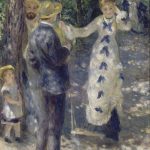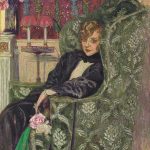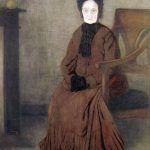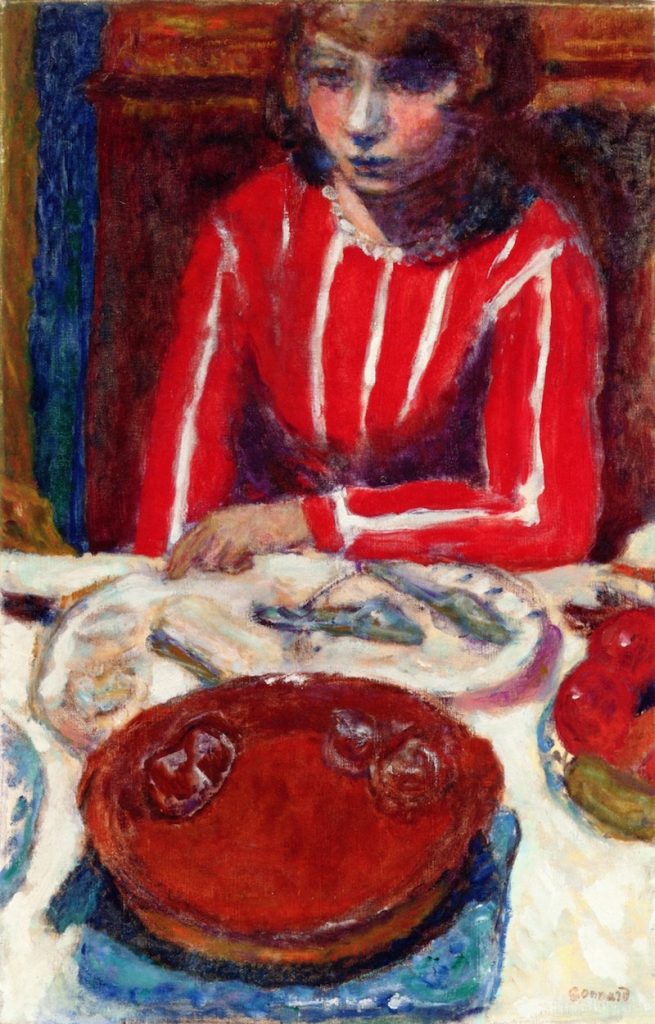
Pierre Bonnard (1867-1947) was a French painter and one of the leading figures of the Post-Impressionist movement, known for his vibrant and innovative use of color, intimate domestic scenes, and exploration of light and atmosphere. He was associated with the Nabis, a group of avant-garde artists in France.
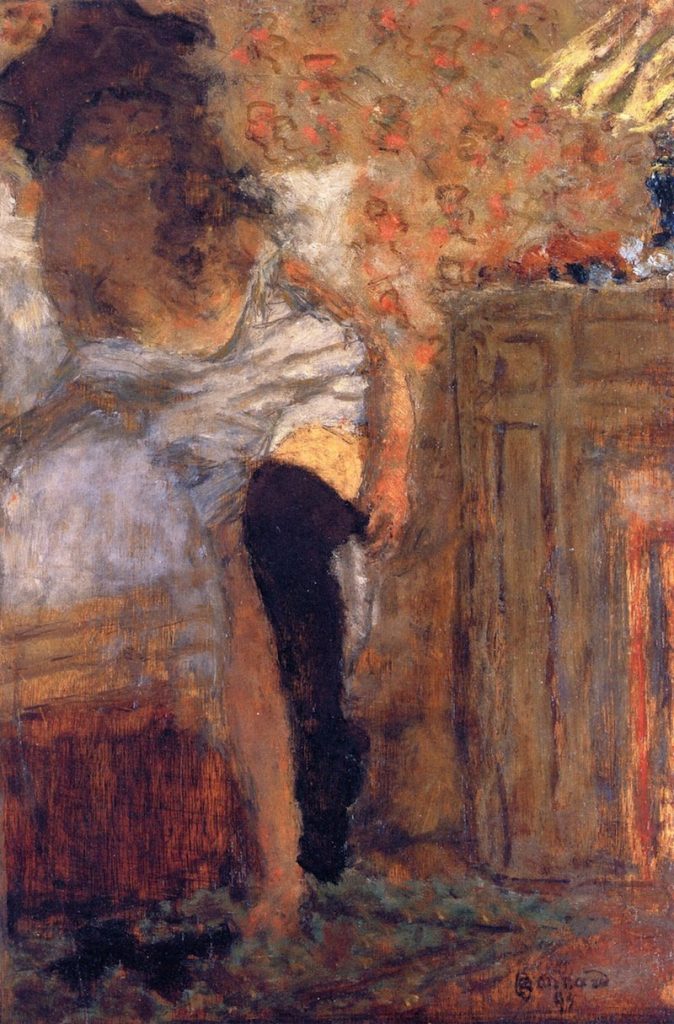
Early Life and Education:
- Pierre Bonnard was born on October 3, 1867, in Fontenay-aux-Roses, France.
- He initially studied law, but his passion for art led him to pursue a career in painting.
- In 1888, he entered the Académie Julian in Paris, where he studied under symbolist painter Gustave Moreau and met fellow artists who would become part of the Nabis group.
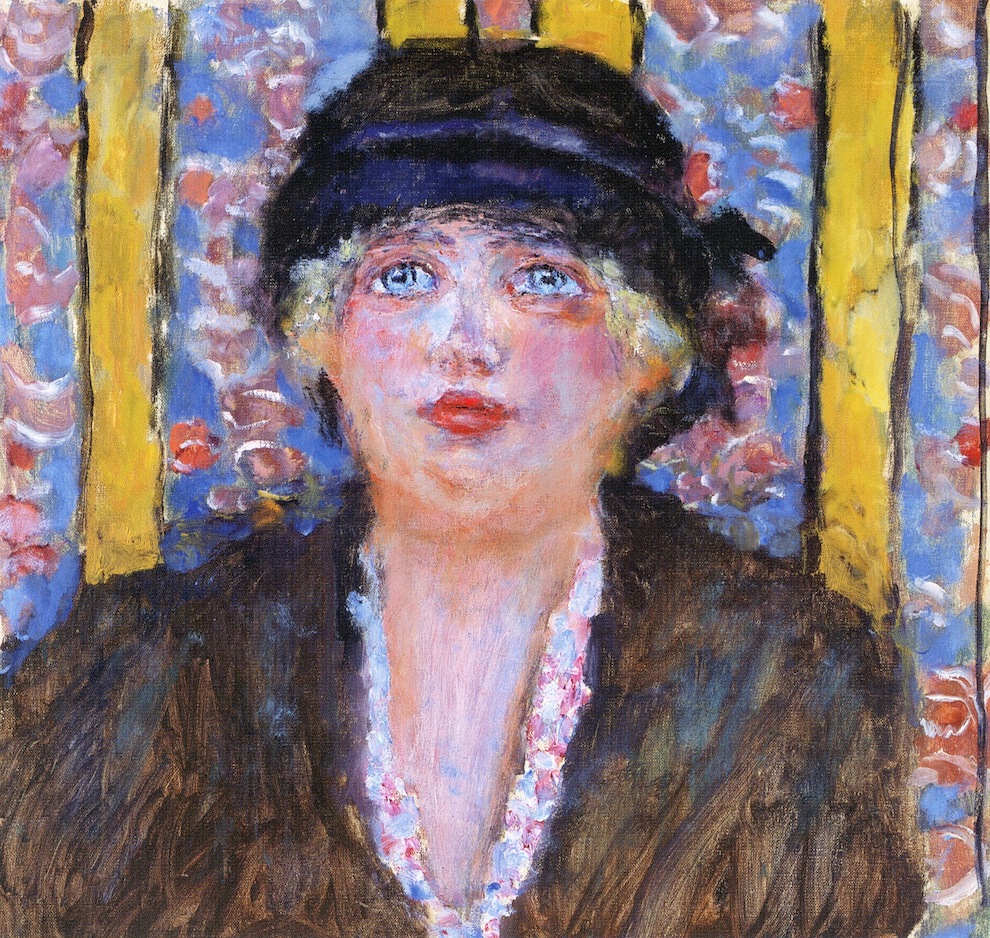
Nabis and Post-Impressionism:
- Bonnard was associated with the Nabis, a group of young artists who aimed to break away from traditional artistic conventions and explore innovative approaches to art.
- His early works were influenced by Impressionism, but he later embraced the Post-Impressionist style, characterized by a more individualistic and expressive use of color and form.
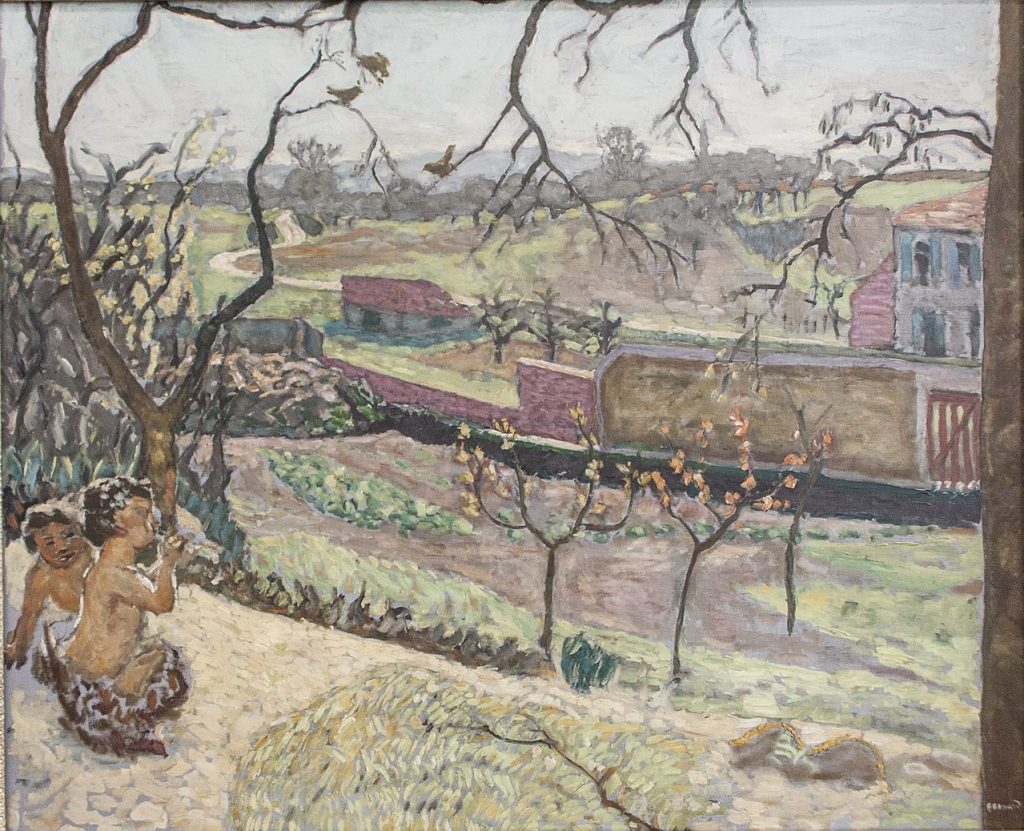
Artistic Style and Themes:
- Bonnard was known for his use of intense, non-naturalistic color, which gave his paintings a luminous quality. He often painted from memory or imagination rather than directly from nature.
- A significant portion of his work consisted of intimate interior scenes, often featuring his wife, Marthe, in various domestic settings. These scenes are characterized by their warmth and the sense of quietude they convey.
- Bonnard was also a skilled printmaker and produced numerous lithographs and illustrations throughout his career.
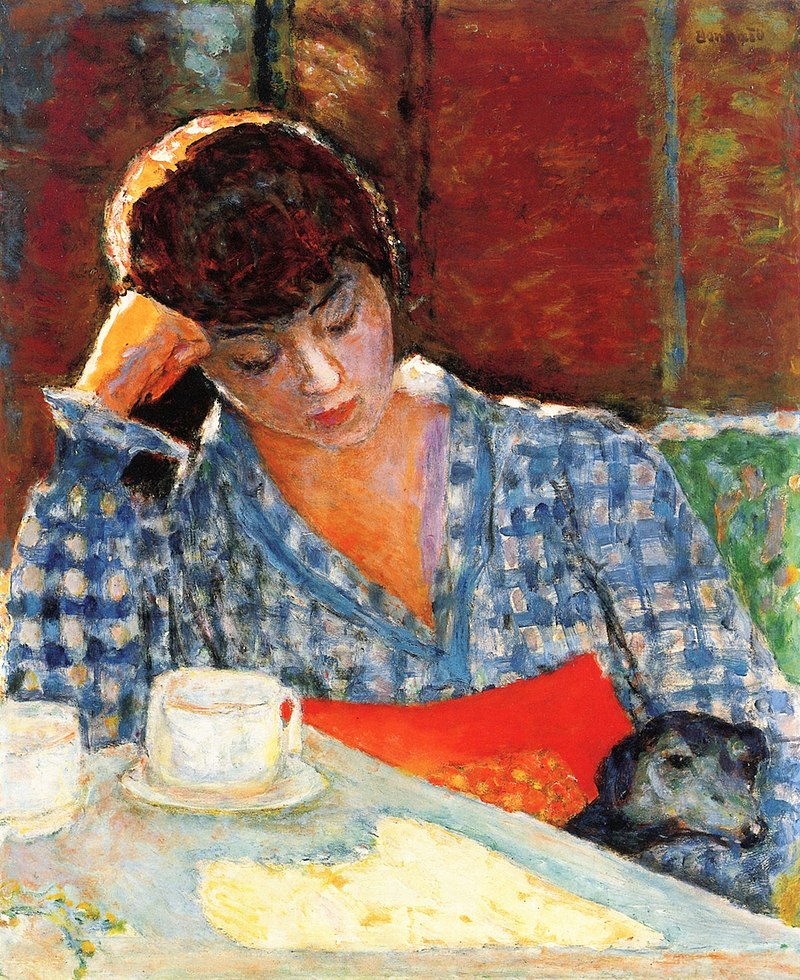
Later Life and Recognition:
- Despite being associated with the avant-garde movements of his time, Bonnard’s work was not widely recognized until later in his career.
- He gained critical acclaim in the early 20th century and exhibited at the prestigious Salon d’Automne in Paris.
- Bonnard’s art continued to evolve, and he experimented with different styles and subjects throughout his life.
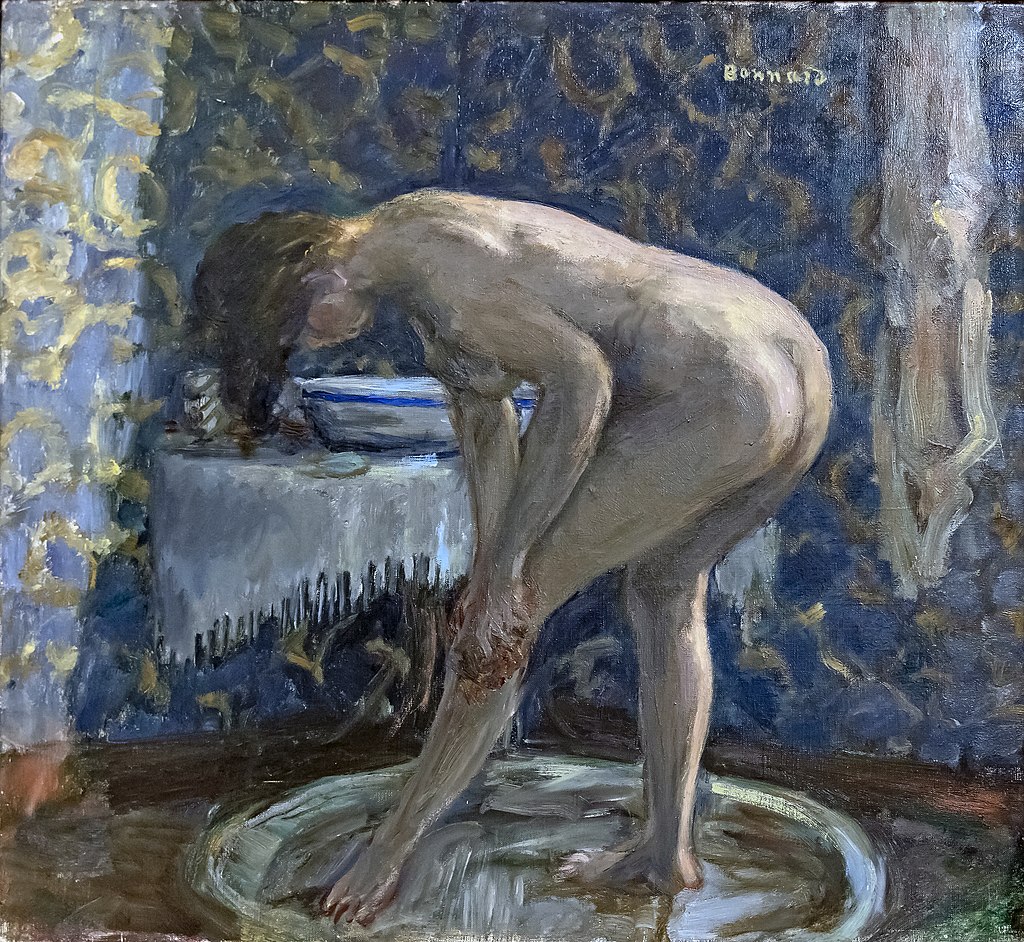
Legacy:
- Pierre Bonnard is considered one of the masters of color and light in painting. His innovative use of color and his ability to capture the fleeting moments of everyday life have had a lasting influence on modern art.
- He is often associated with the broader Post-Impressionist movement and is seen as a precursor to later art movements like Fauvism and even aspects of modern abstraction.
- His legacy endures through his contributions to the development of modern painting and his continued influence on contemporary artists.

Pierre Bonnard passed away on January 23, 1947, in Le Cannet, France. His work continues to be celebrated for its intimate and luminous qualities, and his paintings remain highly regarded in the world of art for their innovative use of color and composition.



